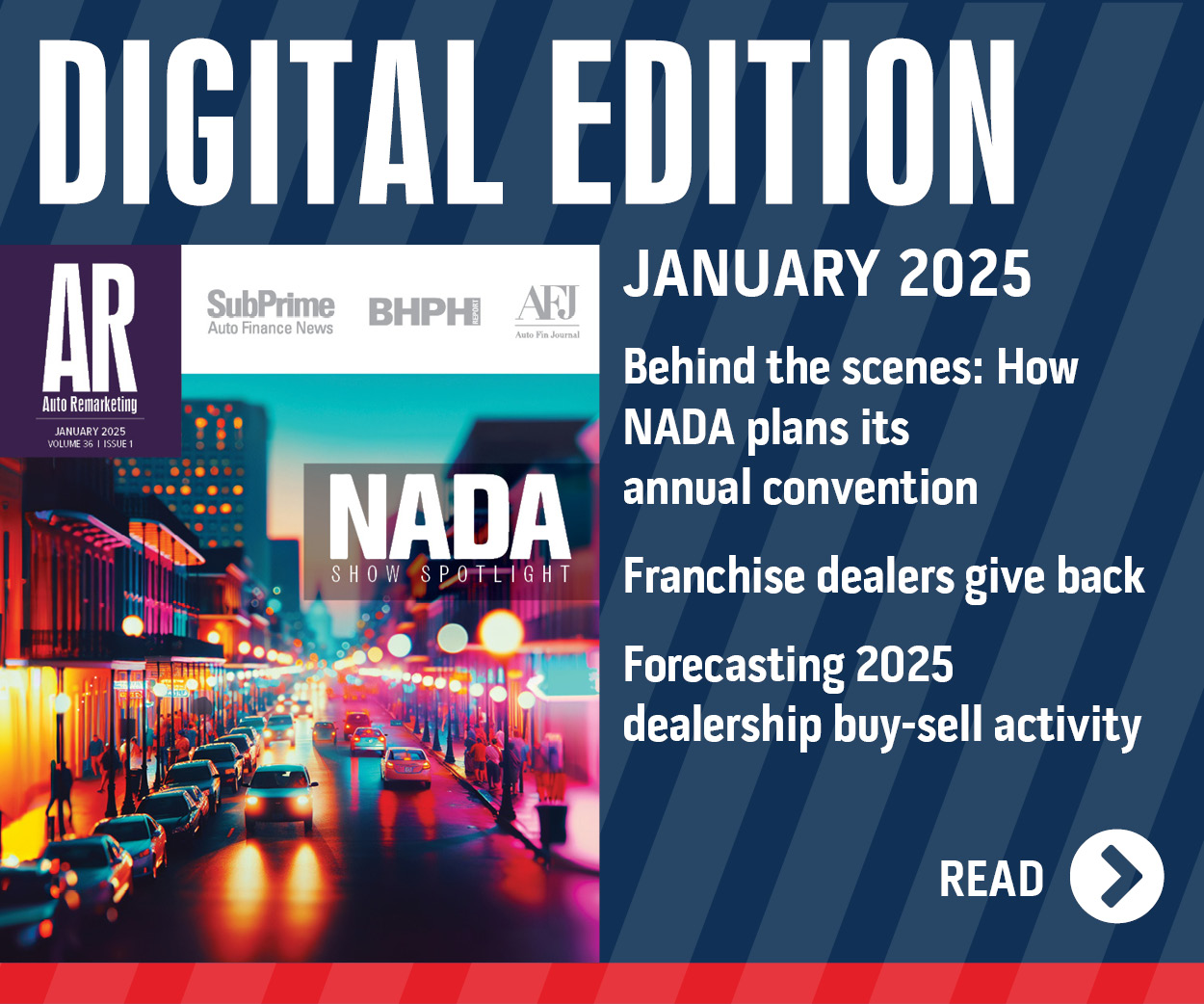Price: How to Ask and Receive in Skip-Tracing

You’ve heard the phrase, “Watch your tone!” It’s a familiar tableau played out between patient mothers and equally impatient toddlers everywhere around the world as the little ones among us learn how to communicate in a world where human instinct craves instant satisfaction, and yet patience and tact are more often rewarded.
We usually learn to master the tone of our voice as we grow older, yet too often we allow emotions to govern the tone and the words that we use without giving a thought to the strategy that could be employed to deliver them. How many times have you asked for something, only to be disappointed with the end result? The issue may center on simply asking the right question at the right time.
To expand your understanding of communication, consider the possibility that what is truly being said comes not only in the form of the words, but also in the tone of the words, and in the body language accompanying the dialogue. If you’re really wanting to read between the lines, establish a basic understanding of the person you’re having the conversation with, being aware of their agenda and their emotional state at the time of the conversation to evaluate what is actually being communicated.
Over the past year or more, I have placed a great deal of time and resources into the study of human nature and how to apply these traits and characteristics to the trade craft of skip-tracing. One of my all-time favorite speakers during this endeavor has been Joe Navarro, who has authored several books on body language. His latest — Louder Than Words: Take Your Career from Average to Exceptional with the Hidden Power of Nonverbal Intelligence — is packed with valuable information.
During a conversation with Joe, I explained to him that as a skip-tracer, it is very rare that I ever come face to face with the subject. I needed advice on looking for non-verbal tells. As always Joe was generous with his time and resources, and pointed me in the right direction to learn more about detecting deception while employing the right question at the right time with the works of John Schafer, who wrote Psychological Narrative Analysis.
It is important to note up front that you cannot listen if you are doing all the talking, so Grandma was truly correct when she told you that silence is golden.
Below I will go over four key types of questions with explanations that you should include in your interviews to get the most value from conversational opportunities whenever they may occur:
1. Baseline
Start your conversations by asking questions you already know the answer such as “You’re Jane’s mother, Correct?” or “You live at 123 Main Street, Correct?” The reason is that you want to listen to how the person responds to your questions when there is no need for deception. You’re listening for the speed, tone and verbiage of the responses. How long in between the question and the answer?
When someone is being honest, they will react the same way each and every time. Don’t think that a longer pause than normal is always a clue to deception. At times, it is simply a human’s way of searching the brain for a memory. Yet it could be a stall used to fabricate an answer.
2. Open-Ended
An open-ended question is used to explore or gather information. For example:
—How was your day?
—When was the last time you saw Debbie?
These questions require more than one word to answer. They will usually require a minimum of a sentence or more, and the more you get someone to engage in a conversation, the more information they will reveal.
A great way to reply to any statement is, “Really? Tell me more.” People like to talk (and to be heard.) It is just human nature. We each have an instinctive need to feel needed, accepted and to experience human interaction. Just saying “Tell me more,” will open the floodgates if it is communicated at the right moment.
3. Closed-Ended
A closed-ended question cuts right to the heart of the matter. It requires a one-word answer, such as yes or; guilty or innocent.
Once you have gathered all the evidence you need, you can go with direct closed-ended questions such as, “Isn’t it true that you know exactly where Alex is?” When using this type of question you need to be careful not to be combative as that will shut your conversation down completely.
Remember about using the right tone? You’re not looking for a slammed door in the face.
4. Bait Questions
It’s important to note that most people do not like to be deceptive, having been raised to speak the truth. The body and brain are instinctively thrown into conflict as the non-verbal tells fight to be “heard” over the words of deception that are not so easily spoken. For that reason, it is sometimes more important to pay attention to the details and how someone says something, rather than what they actually said.
To review, begin with baseline questions to establish an understanding of how your subject responds without the need for deception, noting the pace of the response, the words they use, the intensity of the tone. Just like a lie-detector (without the wires) you have a barometer to detect deception, and a way to better plan the next type of question to deploy.
A bait question gets the person to explain themselves or validate their actions.
Here’s the scenario: I start off with an open-ended question, “When was the last time you saw Debbie?” Answer: “Oh gosh it has been months.” Now the bait question: “Wow! Really? I’m a father, and I cannot imagine not talking to my little girl for that long. Have the two of you always been estranged?”
It does not matter who you’re talking to; no one can tolerate having their parenting skills, honesty, character or faith called into question. So the reply comes barreling out before thought gets in the way: “No we have always been close, until she started dating that Johnny kid and hanging out with all his friends!”
Jackpot: who is Johnny? Now say, “Really? Tell me more: what did he do to bring her down?” Now you’re there as a shoulder to cry on rather than the enemy.
Alex Price is a nationally recognized expert on the art of skip-tracing. Currently he is the executive vice president for MasterFiles with more than years of experience in skip-tracing, collections and public speaking. He can be reached at alex.price@masterfiles.com or (972) 735-2353.

 View The Latest Edition
View The Latest Edition

